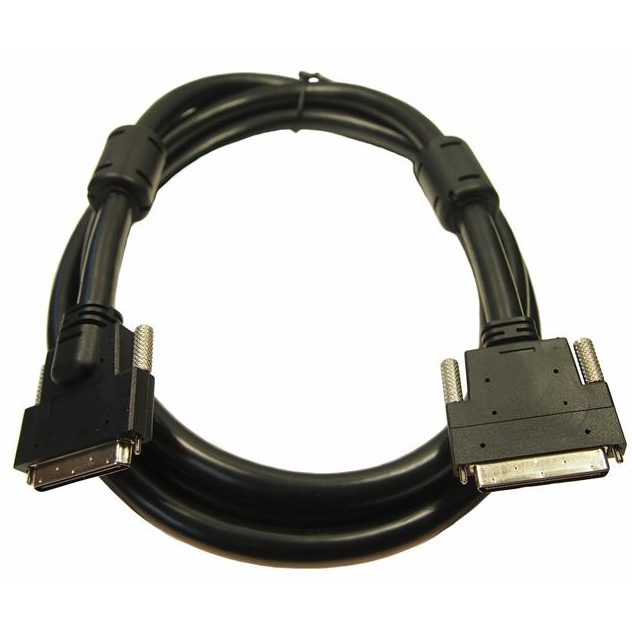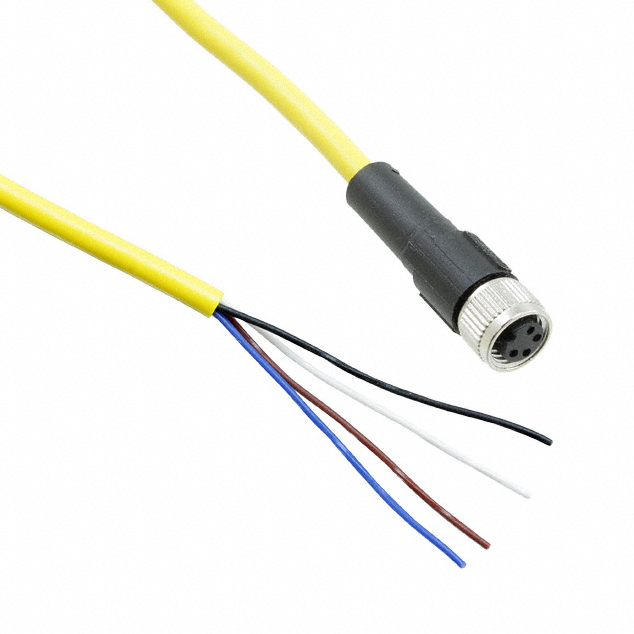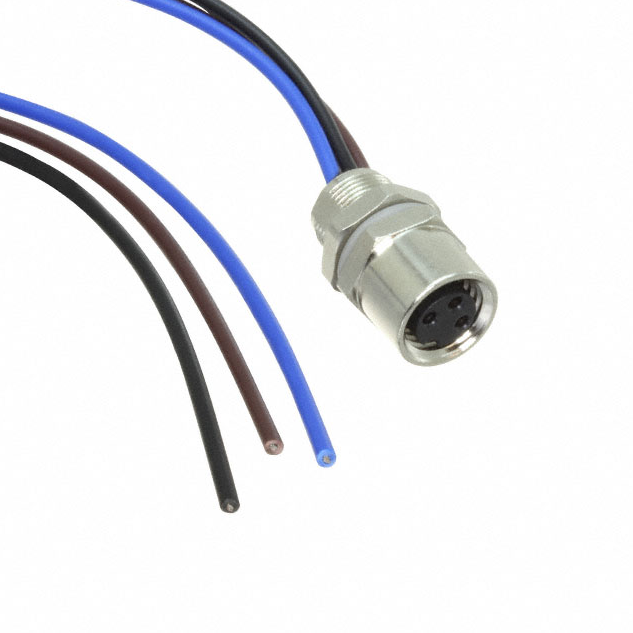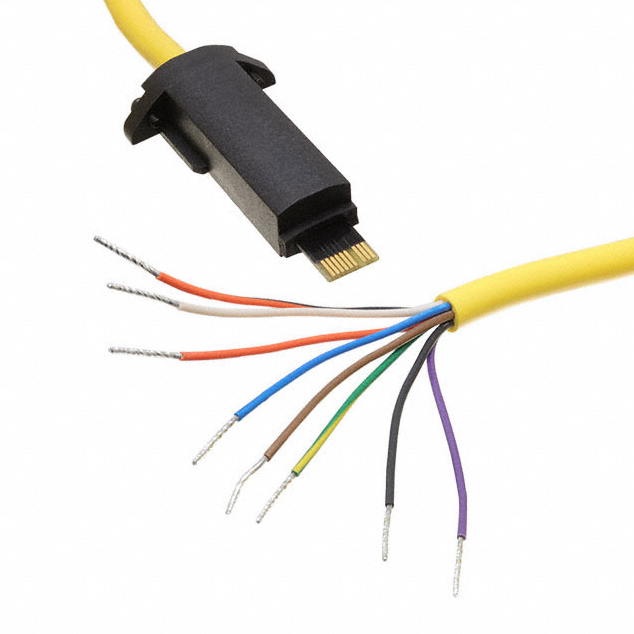Keeping progressing, Pursuing integrity, Embracing future
The performance of wire harnesses in extreme environments depends on their design and material selection. The following are the performance and related test data of the wiring harness in different extreme environments:
1. High temperature environment
Performance: In high temperature environments, the insulation material of wire harnesses may degrade, become brittle, crack, or even melt, leading to short circuits or electrical failures
.
Test data: In the high-temperature test, the wire harness was placed in an environment of up to 150 degrees Celsius, and after a long period of baking, its viscosity, insulation performance, and physical strength did not show significant changes
.
Solution: Use heat-resistant materials such as polyimide (PI), polytetrafluoroethylene (PTFE), or cross-linked polyethylene (XLPE), combined with effective thermal management strategies
.
2. Low temperature environment
Performance: In low-temperature environments, the insulation material of the wiring harness may become brittle, leading to cracking or breakage, increasing the risk of short circuits or electrical faults
.
Test data: In low-temperature testing, the wire harness can still maintain good flexibility and adhesion under extreme cold conditions of -40 degrees Celsius, ensuring a firm connection of the wire harness
.
Solution: Choose materials that maintain flexibility in cold environments, such as silicone or fluoropolymers, and ensure that the rated temperature of all materials reaches the expected minimum temperature
.
3. Damp and water contact environment
Performance: In humid or water contact environments, moisture can infiltrate the wiring harness, causing short circuits, corrosion of metal components, and potential electrical faults
.
Test data: In the salt spray test, the harness was placed in a 35C, 5% NaCl solution spray environment for 24 hours or more. After the test, its appearance and electrical performance were checked
.
Solution: Use materials such as polyurethane (PUR) or chloroprene rubber to make the outer sheath to prevent water intrusion; Choose sealed or encapsulated connectors to prevent moisture from entering critical areas
.
4. Chemical contact environment
Performance: In environments exposed to chemicals, oils, and solvents, the insulation material of the wiring harness may degrade, leading to brittleness, cracking, or expansion, which can damage the integrity of the wiring harness
.
Solution: Use chemical resistant insulation materials such as PTFE, tetrafluoroethylene (ETFE), or fluorinated ethylene propylene (FEP), and consider using additional protective coatings
.
5. Mechanical stress and wear environment
Performance: Under the influence of mechanical stress such as vibration, movement, and wear, the insulation layer of the wire harness may wear out, resulting in exposed wires, short circuits, or even complete failure
.
Solution: Choose materials with high mechanical wear resistance, such as cross-linked polyethylene (XLPE) or thermoplastic elastomer (TPE), and use components such as snap eyes, clips, and cable ties to reduce wire stress
.
6. Electromagnetic interference (EMI) and radio frequency interference (RFI) environment
Performance: In environments with severe electromagnetic interference, wiring harnesses may receive unnecessary signals or interfere with other electronic systems, resulting in data damage, communication errors, or equipment failures
.
Solution: Use shielded cables with braided or foil shielding layers to prevent electromagnetic interference and radio frequency interference, and ensure proper grounding of the shielding
.
Inquiry
LATEST BLOGS
INQUIRY
RELATED PRODUCTS
 How to evaluate the lifespan and reliability of wire harnessesRCD has over a decade of experience in the assembly of cables and connectors required for outdoor harsh environment equipment.
How to evaluate the lifespan and reliability of wire harnessesRCD has over a decade of experience in the assembly of cables and connectors required for outdoor harsh environment equipment. What is the difference between flexibility and rigidity of wire harnessesRCD has over a decade of experience in the assembly of cables and connectors required for outdoor harsh environment equipment.
What is the difference between flexibility and rigidity of wire harnessesRCD has over a decade of experience in the assembly of cables and connectors required for outdoor harsh environment equipment. How to choose the appropriate harness lengthRCD has over a decade of experience in the assembly of cables and connectors required for outdoor harsh environment equipment.
How to choose the appropriate harness lengthRCD has over a decade of experience in the assembly of cables and connectors required for outdoor harsh environment equipment.




